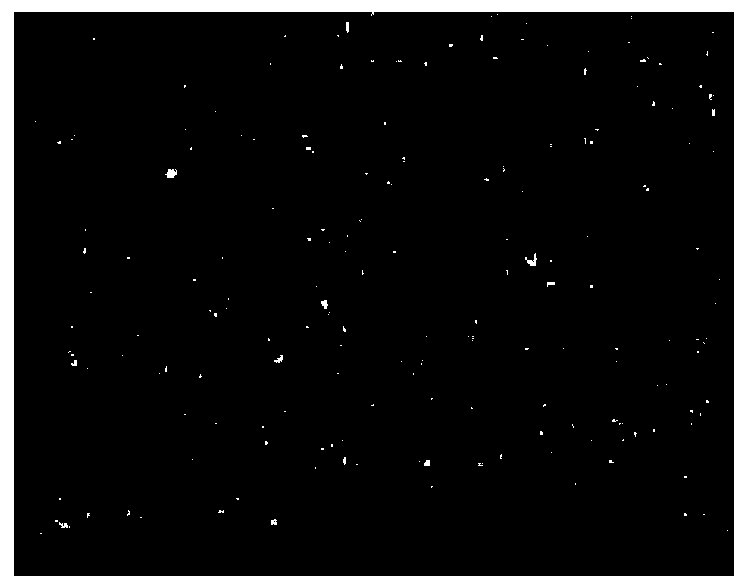Method for preparing three-dimensional porous graphene material by solution
A three-dimensional porous and graphene technology, applied in the direction of graphene, nano-carbon, etc., can solve the problems of expensive equipment, complicated procedures, low conductivity, etc., and achieve the effect of high specific surface area and economical preparation method
- Summary
- Abstract
- Description
- Claims
- Application Information
AI Technical Summary
Problems solved by technology
Method used
Image
Examples
preparation example Construction
[0021] Specifically, the preparation method of graphene three-dimensional porous material comprises the following steps:
[0022] (1) Immerse the three-dimensional porous template in the graphene oxide solution, and then use physical or chemical methods to deposit graphene oxide on the template to realize the three-dimensional assembly of graphene oxide on the template, and then prepare a compound containing Template for graphene 3D porous material.
[0023] The three-dimensional porous template is selected from any metal or non-metal three-dimensional porous material. Metal materials can be composed of nickel, copper and other single metals or alloys. The non-metallic three-dimensional porous material can be composed of polyurethane and the like. The deposition of graphene oxide on the template can adopt the three-dimensional assembly of solution evaporation-induced physisorption.
[0024] Reduction can be induced using heat or a reducing agent vapor atmosphere. The graph...
example 1
[0031] Example 1. Preparation of graphene three-dimensional porous material
[0032] The first step is to clean the nickel three-dimensional porous membrane plate (such as figure 1 )
[0033] The nickel three-dimensional porous membrane plate was ultrasonically cleaned with deionized water, acetone, and ethanol, and then dried.
[0034] The second step, three-dimensional assembly of graphene oxide on the template
[0035] The nickel three-dimensional porous membrane plate is immersed in 20ml of 1mg / ml graphene oxide solution ultrasonically for half an hour, and then slowly evaporated to dryness at 60 degrees, and slowly evaporates the solvent at 60 degrees to induce graphene oxide on the foamed nickel deposition (eg figure 2 ) (if a film is formed on the liquid surface during this process, it should be removed immediately, otherwise it will affect the further adsorption of the template), and finally add a small amount of hydrazine hydrate solution to reduce the graphene ox...
example 2
[0038] Example 2. Preparation of graphene three-dimensional porous material
[0039] The first step is to clean the nickel three-dimensional porous membrane plate
[0040] The nickel three-dimensional porous membrane plate is ultrasonically cleaned with deionized water, acetone, and ethanol, and then dried;
[0041] The second step, three-dimensional assembly of graphene oxide on the template
[0042] The nickel three-dimensional porous membrane plate is immersed in 20ml of 1mg / ml graphene oxide solution ultrasonically for half an hour, and the solvent is slowly evaporated at 60 degrees to induce the deposition of graphene oxide on the foamed nickel (if a thin film is formed on the liquid surface during the process should be removed immediately, otherwise it will affect the further adsorption of the template), and finally add a small amount of sodium borohydride solution to reduce the graphene oxide.
[0043] The third step, remove the nickel foam template
[0044] Take out...
PUM
 Login to View More
Login to View More Abstract
Description
Claims
Application Information
 Login to View More
Login to View More - R&D
- Intellectual Property
- Life Sciences
- Materials
- Tech Scout
- Unparalleled Data Quality
- Higher Quality Content
- 60% Fewer Hallucinations
Browse by: Latest US Patents, China's latest patents, Technical Efficacy Thesaurus, Application Domain, Technology Topic, Popular Technical Reports.
© 2025 PatSnap. All rights reserved.Legal|Privacy policy|Modern Slavery Act Transparency Statement|Sitemap|About US| Contact US: help@patsnap.com



